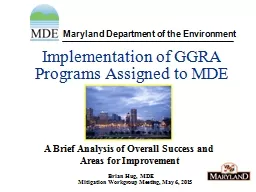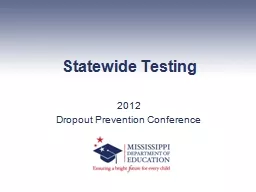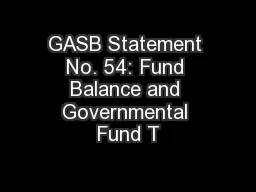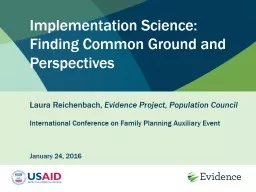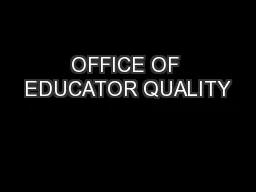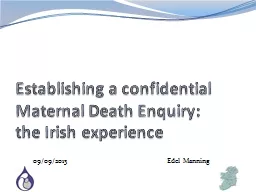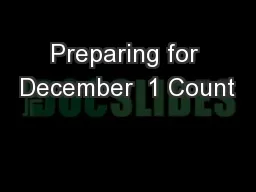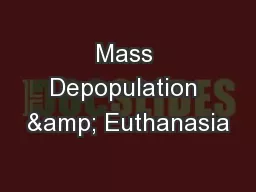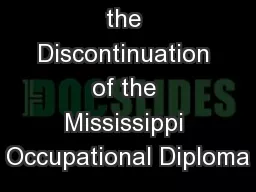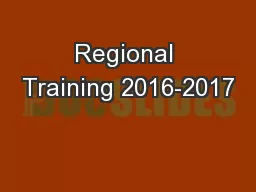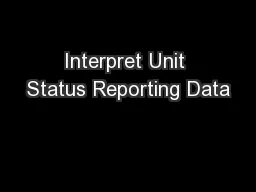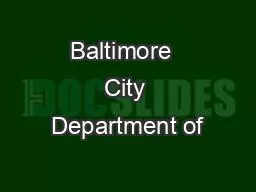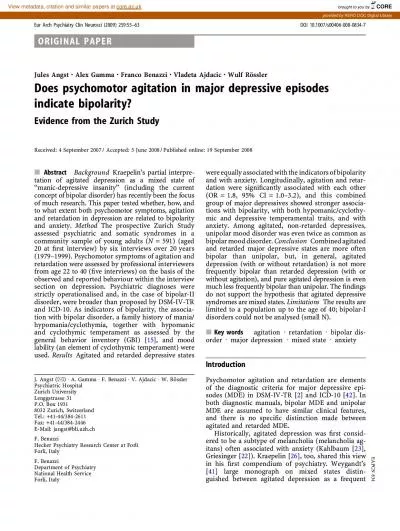PPT-Implementation of GGRA Programs Assigned to MDE
Author : solidbyte | Published Date : 2020-07-03
A Brief Analysis of Overall Success and Areas for Improvement Brian Hug MDE Mitigation Workgroup Meeting May 6 2015 Overview Snapshot of all Programs Assigned to
Presentation Embed Code
Download Presentation
Download Presentation The PPT/PDF document "Implementation of GGRA Programs Assigned..." is the property of its rightful owner. Permission is granted to download and print the materials on this website for personal, non-commercial use only, and to display it on your personal computer provided you do not modify the materials and that you retain all copyright notices contained in the materials. By downloading content from our website, you accept the terms of this agreement.
Implementation of GGRA Programs Assigned to MDE: Transcript
Download Rules Of Document
"Implementation of GGRA Programs Assigned to MDE"The content belongs to its owner. You may download and print it for personal use, without modification, and keep all copyright notices. By downloading, you agree to these terms.
Related Documents

